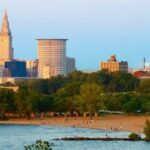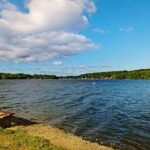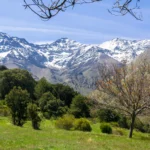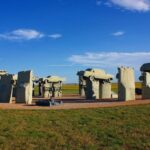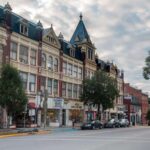Alberta’s parks have some of the most beautiful scenery in all of Canada. They are great places to add to your list of places to see. Mountains, prairies, foothills, and everything in between offer almost endless ways to get outside and enjoy nature.
Alberta is home to some of Canada’s best national parks, which get most of the attention. However, the province’s less well-known parks are hidden gems.
Alberta is also a great place to go if you love nature. There is always something going on. In the summer, pack up the car and go camping in Jasper, mountain biking in Kananaskis Country, paddling at Waterton Lakes, or high altitude hiking in Banff National Park. Visit Dinosaur Provincial Park or walk along the Bow River in Calgary for something a little less wild but still fun.
In the winter, you can go downhill skiing at the resorts in Banff, snowshoeing in the foothills, or skating at the Nordic Center in Canmore. If you work hard at your activities, you can reward yourself by taking a hot soak in the famous Banff Hot Springs.
Our list of the best parks in Alberta will help you find what you’re looking for.
15. Banff National Park

Banff National Park would have to be on any list of the best parks in Alberta. This huge mountain wonderland is full of things to do by yourself, with your family, or with a group. From Calgary, it’s an easy two-hour drive to the park. As soon as you get there, you’ll want to stop and start taking pictures.
There are almost too many things to do in Banff. You can do as much or as little as you want. The town of Banff, with its cute main street full of shops and restaurants, the turquoise-colored Lake Louise and Moraine Lake, and the Icefields Parkway, which goes by glaciers and more alpine lakes, are all easy to get to by car.

The summer is the best time to go to Banff because there are so many things to do. There are great hiking trails in Banff. Mountain bike trails wind through the forests, and if you’re feeling brave, you can strap your bike to your back and climb one of the peaks in the park. At the end of the day, you can go back to your fancy hotel in Banff or Jasper, or you can crawl into your cosy tent at one of the many campgrounds.
If you find yourself in the park in the winter, which a lot of people do, you can head to the Sunshine Village ski resort for deep snow, hit the steeps at Mount Norquay, or go for a hike in the park.
Lake Louise Ski Resort has long groomed runs that you can ride. If you want to do something more romantic, you could stay at the Fairmont Chateau Lake Louise and go ice skating.
14. Jasper National Park
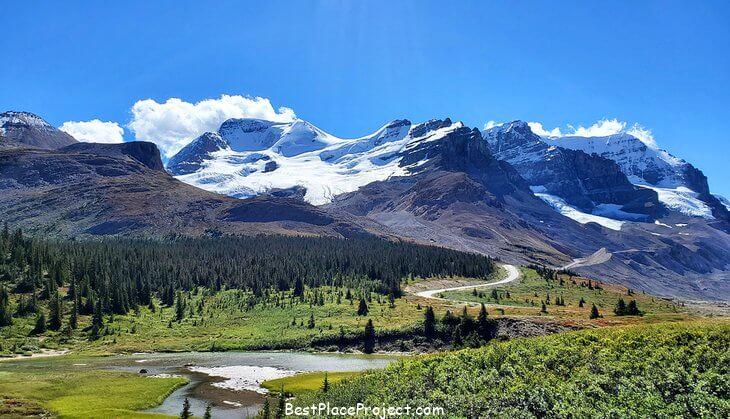
Jasper National Park comes right after Banff National Park. You might not even notice that you’ve moved from one park to the next because you’ll be looking up at the tall glaciers as you enter the Icefields Parkway.
Jasper National Park is a mountain playground, but a stop at the impressive Athabasca Glacier is one of the best things to do there. This huge tongue of ice coming down from the Columbia Icefield is one of the easiest glaciers to get to in the park. It is 103 kilometres from the town of Jasper.
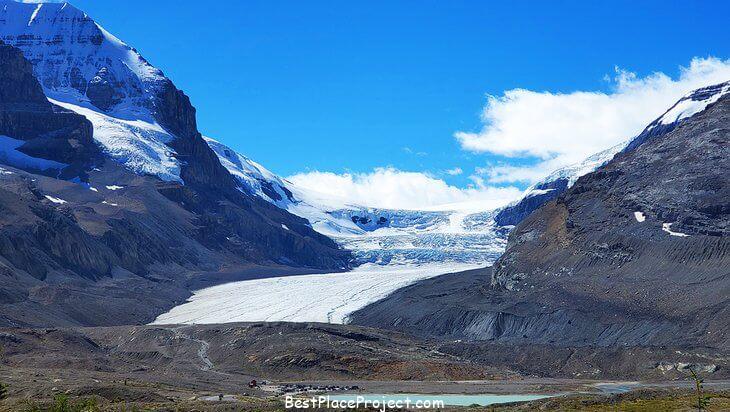
Spirit Island on Maligne Lake may be the most well-known picture from Jasper National Park. This lake is so pretty that it is often shown on postcards and in the windows of travel agencies. You can drive to the lake, but you have to take a tour or paddle to get to Spirit Island, which is 14 kilometres up the lake.
Falls are a great thing to see in Jasper National Park. If you go to the Athabasca glacier, make sure to stop at Tangle Falls, Sunwapta Falls, and Athabasca Falls on your way back to the Jasper townsite.
Mount Edith Cavell and the glacial pond at its base are also popular places to visit in the park. Here, you can see icebergs floating around as they break off from the hanging end of the Angel Glacier, which is higher up.
At the end of your day of sightseeing, you can relax in the hot springs at Miette.
13. Cypress Hills Provincial Park
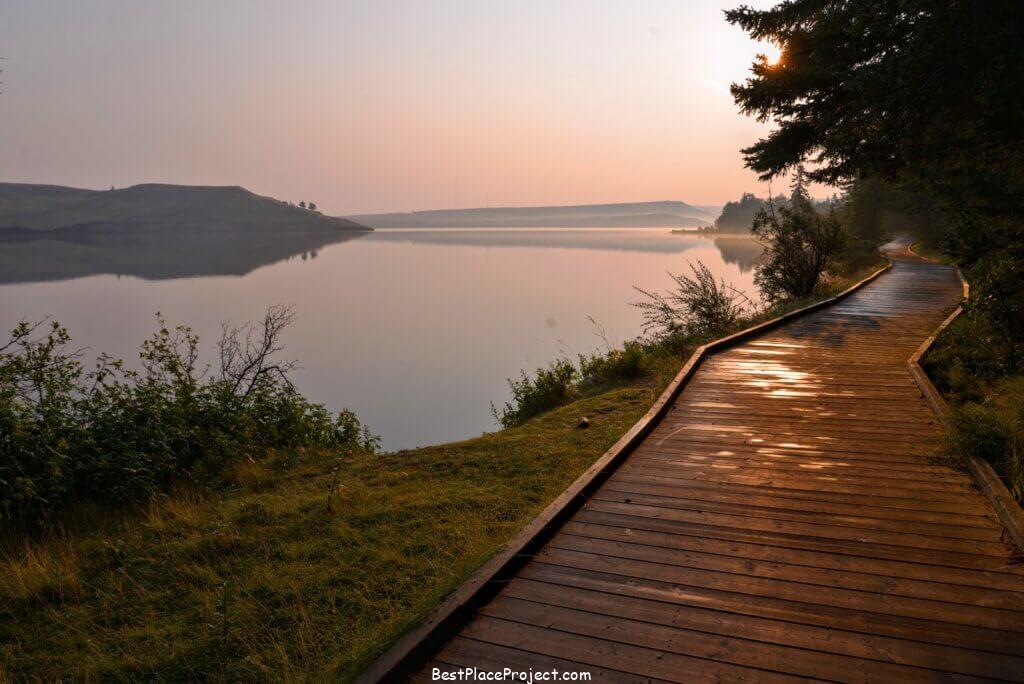
Claim to Fame: The highest point between the Rockies and Labrador has unique flora and fauna as it was unglaciated during the last Ice Age. It’s also a Dark Sky Preserve, so bring your telescope!
Summer Activities: Beach time at Elkwater Lake, paddling, boating, birdwatching, horseback riding, fishing, hiking, biking, mountain biking, camping, cabins, backcountry camping, stargazing.
12. Peter Lougheed Provincial Park
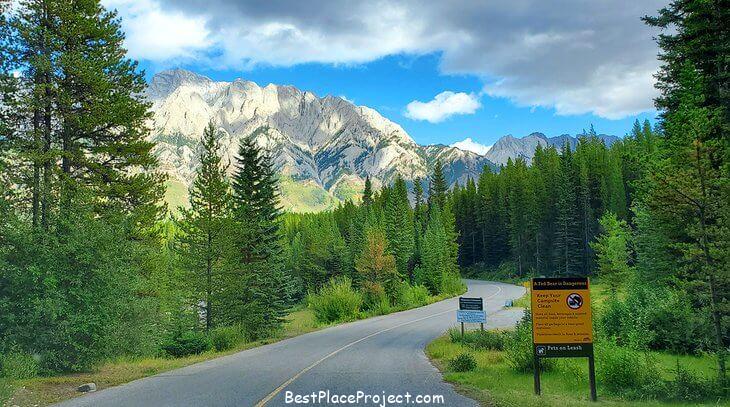
One of the best provincial parks is almost all for the people of Calgary. Only 1.5 hours from the city, Peter Lougheed Provincial Park is a great place to go for a day of mountain fun.
This park is in the middle of Kananaskis Country. It has rough mountains, clear, fast-moving rivers, and lots of animals. Many people say that you are more likely to see grizzly bears here than in Banff. But if you go hiking in the area, you can also see moose and other animals.
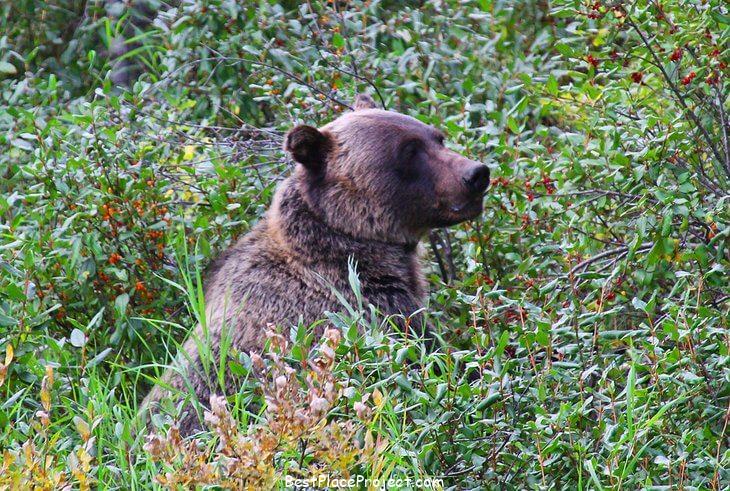
There are more than 40 hiking trails in the park that vary in length and difficulty. Those who would rather ride a bike than walk will find both easy, paved trails and more difficult ones that require a little more stamina.
In the winter, there are 85 kilometres of groomed Nordic (cross-country) ski trails that go all around the Kananaskis Lakes area. One of the six campgrounds is open all year long, and sites can be reserved online ahead of time.
11. Writing on Stone Provincial Park

Writing on Stone Provincial Park is a great place to learn about culture and history. Here, you can see an amazing collection of rock art made by the Niitisippi people who lived here before anyone else. The park is one of six places in Alberta that are UNESCO World Heritage Sites.
Writing on Stone Provincial Park is in the southeast of the province, close to the border with the United States. It is 2.5 hours from Waterton Lakes National Park. One of the most popular things to do is hiking. Along the Milk River, the Hoodoo trail is 2.2 kilometres long and goes through and around the hoodoo rock formations.
You can also watch birds in the park, which is home to 160 different species. Wildlife like pronghorn deer, cottontail rabbits, yellow-bellied marmots, gophers, and garter snakes live in the park.
Some summers in Alberta can get very hot, so bring your swimsuit and cool off in the Milk River at the sandy beach near the campground.
10. Crimson Lake Provincial Park
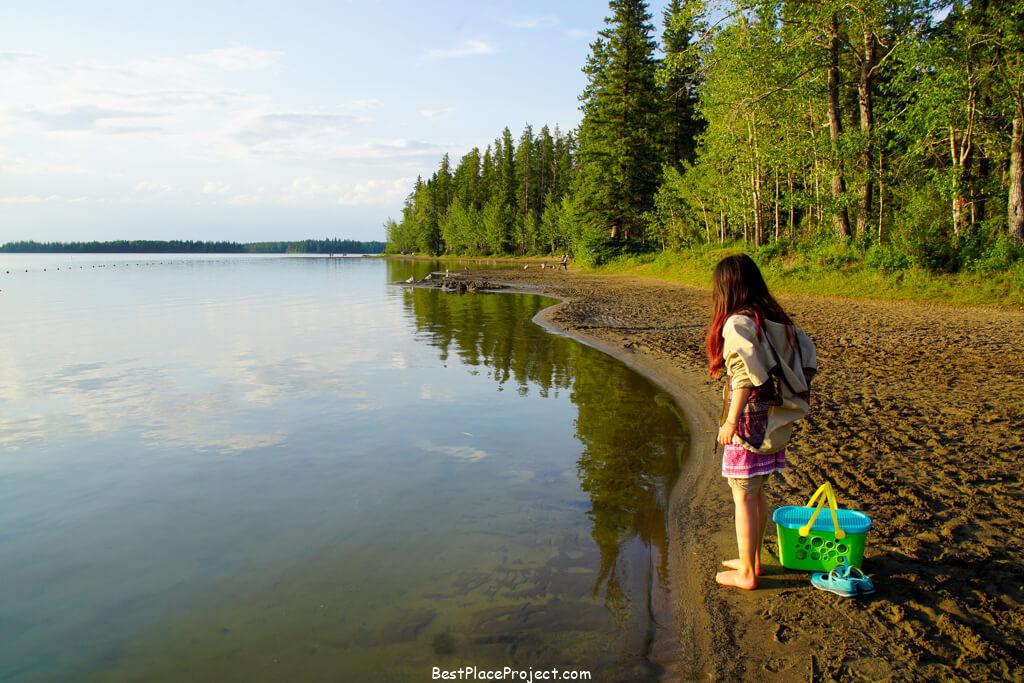
Claim to Fame: Beaches and a great network of bike trails! Bike the Amerada Trail (10 km) around Crimson Lake or bike into Rocky Mountain House.
Summer Activities: Beach time, paddling, boating, biking, fishing, birding, boardwalk trail, hiking, interpretive programs, camping, beach volleyball, horsehoes
Winter Activities: Cross-country skiing, snowshoeing, ice fishing, fat biking, winter camping at Crimson Lake (Loop A, First come first served)
Travel Tip: Don’t miss nearby Rocky Mountain House National Historic Site and Wilderness Village’s free petting zoo!
9. Lesser Slave Lake Provincial Park
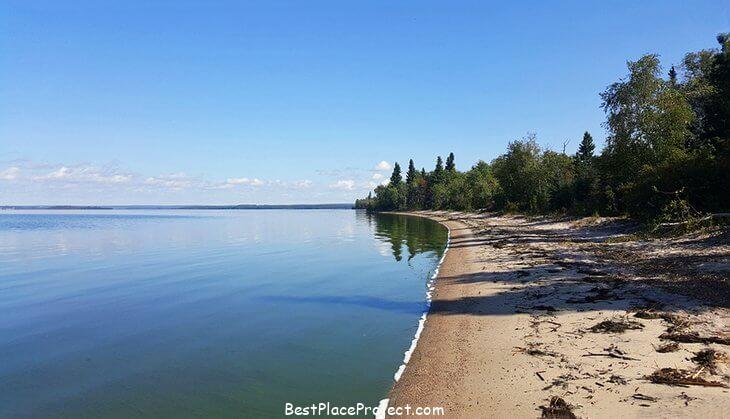
From Edmonton, it’s an easy three-hour drive to Lesser Slave Lake Provincial Park. There are two parts of the park on the lake, but most people go to the Marten River section at the lake’s eastern end.
Here, there are long beaches with driftwood that you can pick up and use for your campfire at night. The water is clear and shallow, so it’s great for swimming and other water sports. People like to camp here, and the well-equipped campground with 67 sites is just behind the lake.
If you like to fish, you’ve found the right place. Lesser Slave Lake is a huge body of water where people have caught walleye that have become famous. There are also pike and burbot, which are both hard to catch. At the east end of the lake, near the mouth of the Lesser Slave River is one of the best places to fish.
8. Castle Provincial Park, Pincher Creek
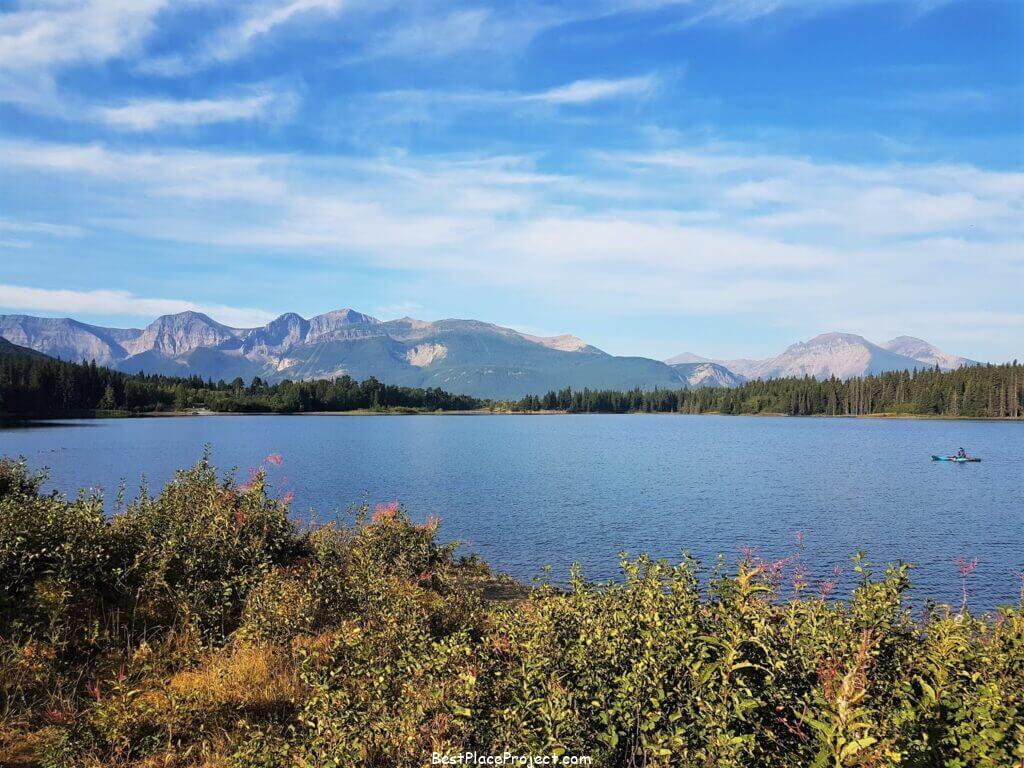
Claim to Fame: Alberta’s newest provincial park!
Summer Activities: Hike, camp at one of many rustic campgrounds, paddle, fish, mountain bike, quad/dirt bike, or cliff jump at Castle Falls (do so at your own risk!). We enjoyed camping, fishing, and standup paddleboarding at Beaver Mines Lake Campground and hiking Table Mountain last summer. Check out our story: Camping in Castle Provincial Park for information. Did you know there are nine designated camping areas that are free and there are cabins for rent at Beaver Mines Lake?
Winter Activities: Cross country skiing (20 km of trails at Syncline), downhill skiing at Castle Mountain Resort, snowshoeing, snowmobiling. Read more at Winter Fun in Castle Provincial Park.
Nearby attractions/events: Huckleberry Festival, Castle Mountain Resort
Travel tip: Lundbreck Falls is a scenic stop on the way to Castle Provincial Park. Hike 400 metres to the falls. Bar U Ranch National Historic Site (open May 11-Sept 30, 2020), near Longview, is also a cool stop; allow a couple hours for your visit.
7. Wood Buffalo National Park
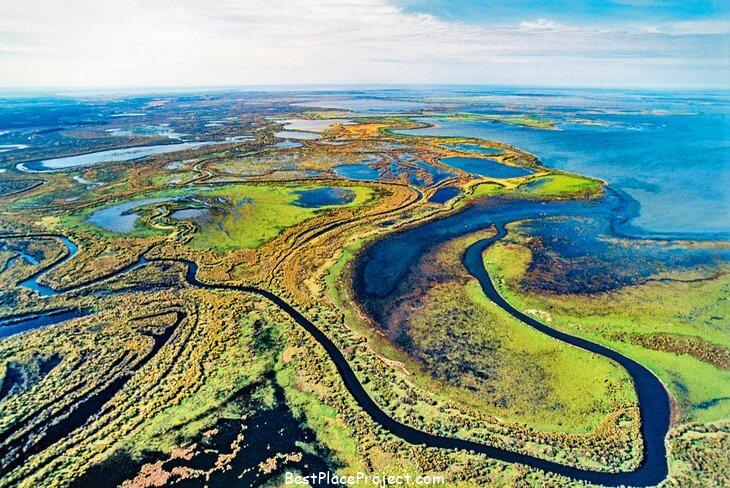
From Edmonton, it’s an easy three-hour drive to Lesser Slave Lake Provincial Park. There are two parts of the park on the lake, but most people go to the Marten River section at the lake’s eastern end.
Here, there are long beaches with driftwood that you can pick up and use for your campfire at night. The water is clear and shallow, so it’s great for swimming and other water sports. People like to camp here, and the well-equipped campground with 67 sites is just behind the lake.
If you like to fish, you’ve found the right place. Lesser Slave Lake is a huge body of water where people have caught walleye that have become famous. There are also pike and burbot, which are both hard to catch. At the east end of the lake, near the mouth of the Lesser Slave River is one of the best places to fish.
6. Little Bow Provincial Park
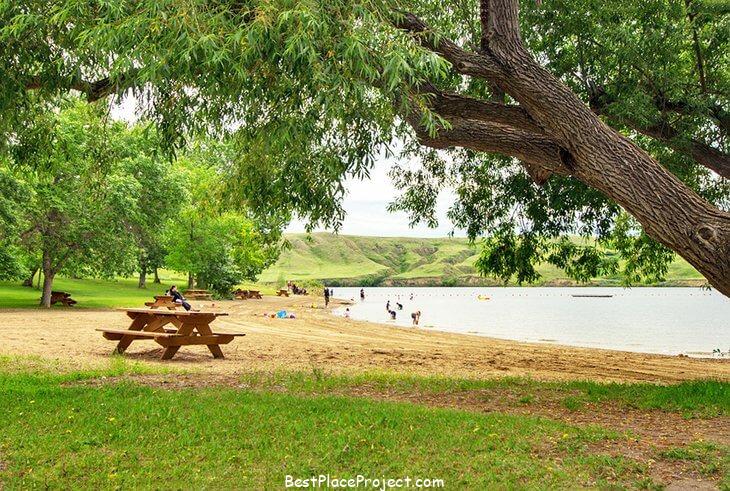
Little Bow Provincial Park is another great place to relax on the beach or go out on the water. Here, there is a wide beach with sand or gravel and playgrounds and picnic tables behind it. The park is near the town of Vulcan and its Star Trek Enterprise monument. It is a fun place for a family to go for a day trip from Calgary.
At the west end of the large Travers Reservoir, where waterskiing, sailing, stand up paddleboarding, and swimming are popular, there is a park. There are big docks nearby, and the lake has a good place to start. Anglers will want to drop a line in the water to see if they can catch one of the 14 kinds of fish that live in the water. If you don’t have a boat, don’t worry. Fishing from the main docks is good, and your hook is likely to catch something.
People also like to watch birds. Try to get a look at the great horned owls that sit in the trees. Seeing one of these huge birds is a special and rare event.
One thing to keep in mind is that as the summer goes on, the water gets shallower in the reservoir and the beach gets bigger and more rocky.
5. Elk Island National Park

Elk Island National Park is just outside of the provincial capital and considered one of the top things to do in Edmonton and easiest day trip from Edmonton. It is the smallest national park in Alberta and the only one that is not a UNESCO World Heritage Site.
Still, the park plays a vital role in the international effort to conserve the bison. Over 300 wood bison, a species that once almost went extinct, live on one side of the highway that divides Elk Island, and 400+ plains bison live on the other. Visitors to the park are practically guaranteed to see the animals during their visit.
Besides bison, the park is home to elk, coyote, moose, porcupines deer, beaver, wolves, and black bears. For Edmontonians, Elk Island National Park is also a great place for a quick natural escape from the city, camping, or seeing shooting stars at night.
4. Aspen Beach Provincial Park, Lacombe County
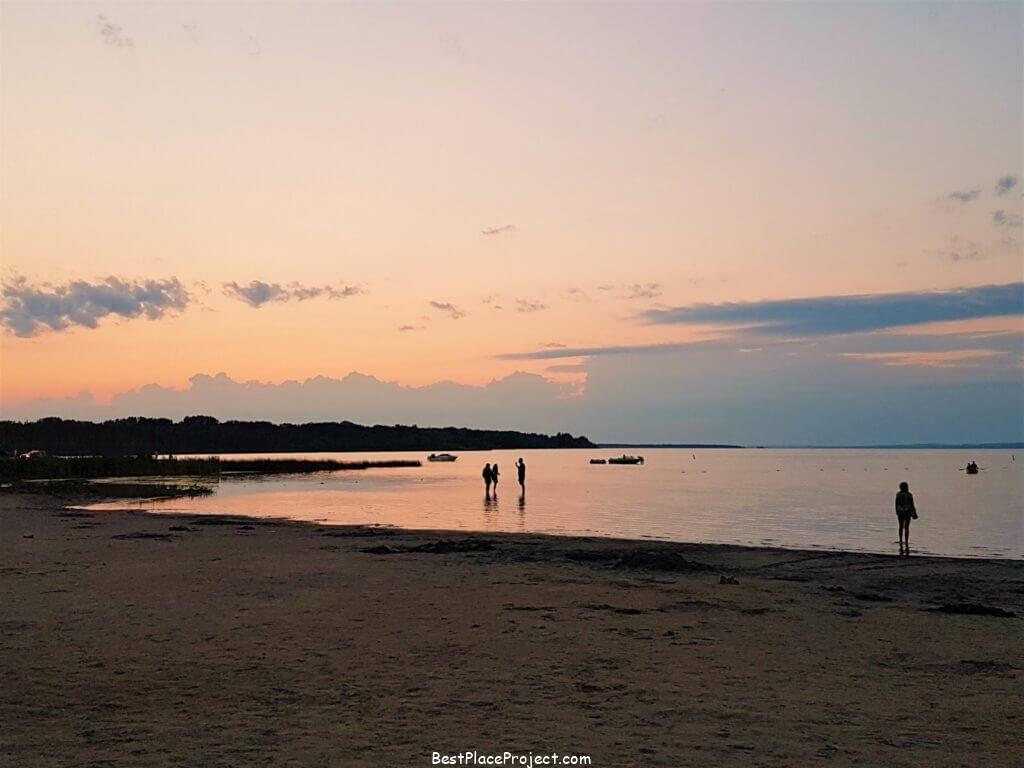
Claim to Fame: Alberta’s first provincial park!
Summer Activities: Beach time at Ebeling Beach, paddling, boating, fishing, camping, bird watching on the boardwalk trail, and biking (bike to Bentley).
Winter Activities: Cross country skiing (7 km’s of trails), snowshoeing, ice fishing
Nearby attractions/events: Kraay Family Farm and Lacombe Corn Maze, the world’s largest corn maze; and Lacombe Days, a 4-day family-friendly festival in late July.
3. Kinbrook Island Provincial Park
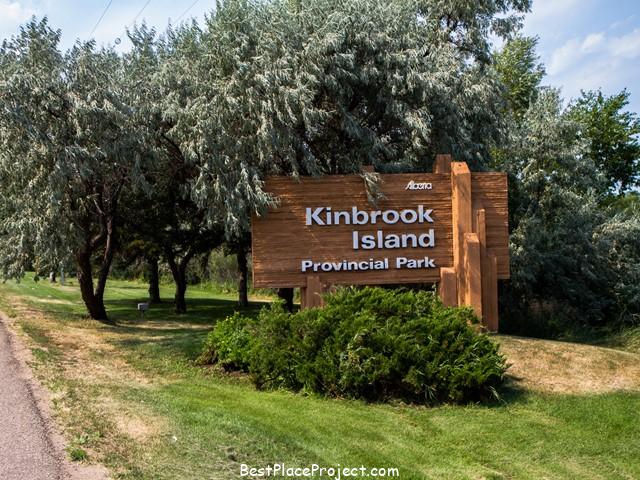
Kinbrook Island Provincial Park is a provincial park located in Alberta, Canada. The park is situated on the southern shore of Lake Newell, and offers a variety of recreational activities such as camping, fishing, boating, and bird watching.
The park features over 200 campsites, as well as picnic areas and hiking trails. Kinbrook Island is also known for its rich wildlife, including a variety of bird species, deer, and other small mammals.
The park is a popular destination for both families and outdoor enthusiasts, and is open year-round for visitors to enjoy.
2. Waterton Lakes National Park
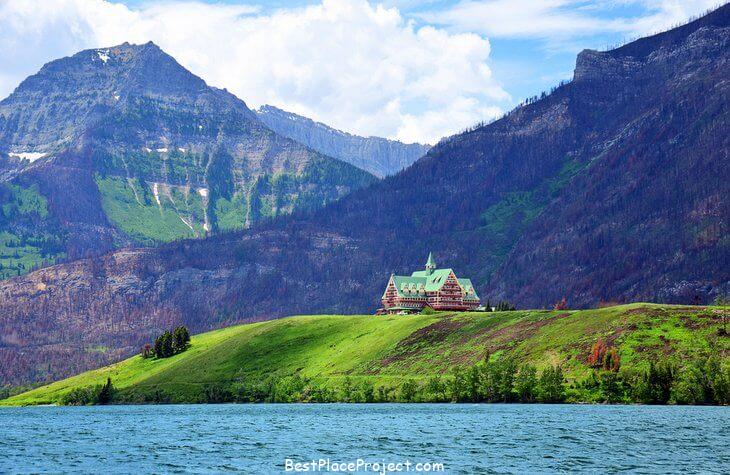
Waterton Lakes National Park is one of Canada’s most interesting parks. It is in the southwest corner of Alberta. The park is in a special environmental zone where the mountains end and the prairies start all at once. It has sights that can’t be seen anywhere else.
The impressive Prince of Wales Hotel stands guard on a hill at the entrance to a valley, with Waterton Lake in the background.
There are more than 200 kilometres of hiking trails to check out. The famous Crypt Lake trail goes through a tunnel in the rock. You can also camp at one of the three campgrounds (one of which is currently closed because of fire damage), take a cruise or kayak out on one of the lakes, or ride a kiteboard along the waves in the constant wind. With its shops, restaurants, and laid-back vibe, the cute town is worth a stroll.
The park is about 270 km southwest of Calgary, close to the border with the U.S. Glacier National Park is in Montana, which is on the American side. Waterton-Glacier International Peace Park is the name for the two parks together.
1. Dinosaur Provincial Park

Dinosaur Provincial Park is another one of Alberta’s six UNESCO World Heritage Sites. This park is one of the best places to take the whole family. It has huge dinosaur skeletons, interesting exhibits, and a “scramble zone” where kids can run and climb.
Tours of the park are a great way to learn about how this special place has changed over time. There are many tours to choose from, and they fill up quickly, so make sure to book online ahead of time.
The Red Deer river runs through the park. You could put your canoe or kayak in the water upstream at the Steveville campground and float for two or three hours to get to the park.
There are places to camp at the park. There are 126 sites, some of which are serviced and some of which are not. The trail to the Coulee lookout starts at the south end of the campground.
People should not mix up Dinosaur Provincial Park with the Royal Tyrrell Museum, which is near Brooks. Both places have something to do with dinosaurs, but one is private and the other is a public park.
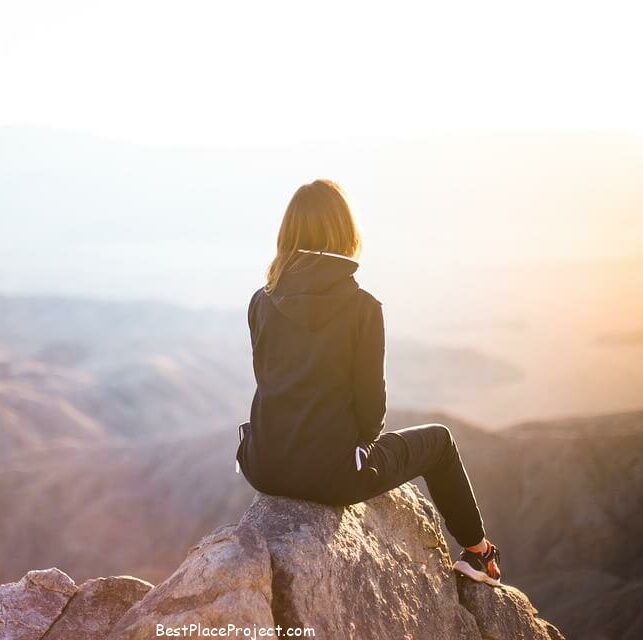
I love traveling and exploring new places and this website is all about listing all best places in the world that you can go and explore.

